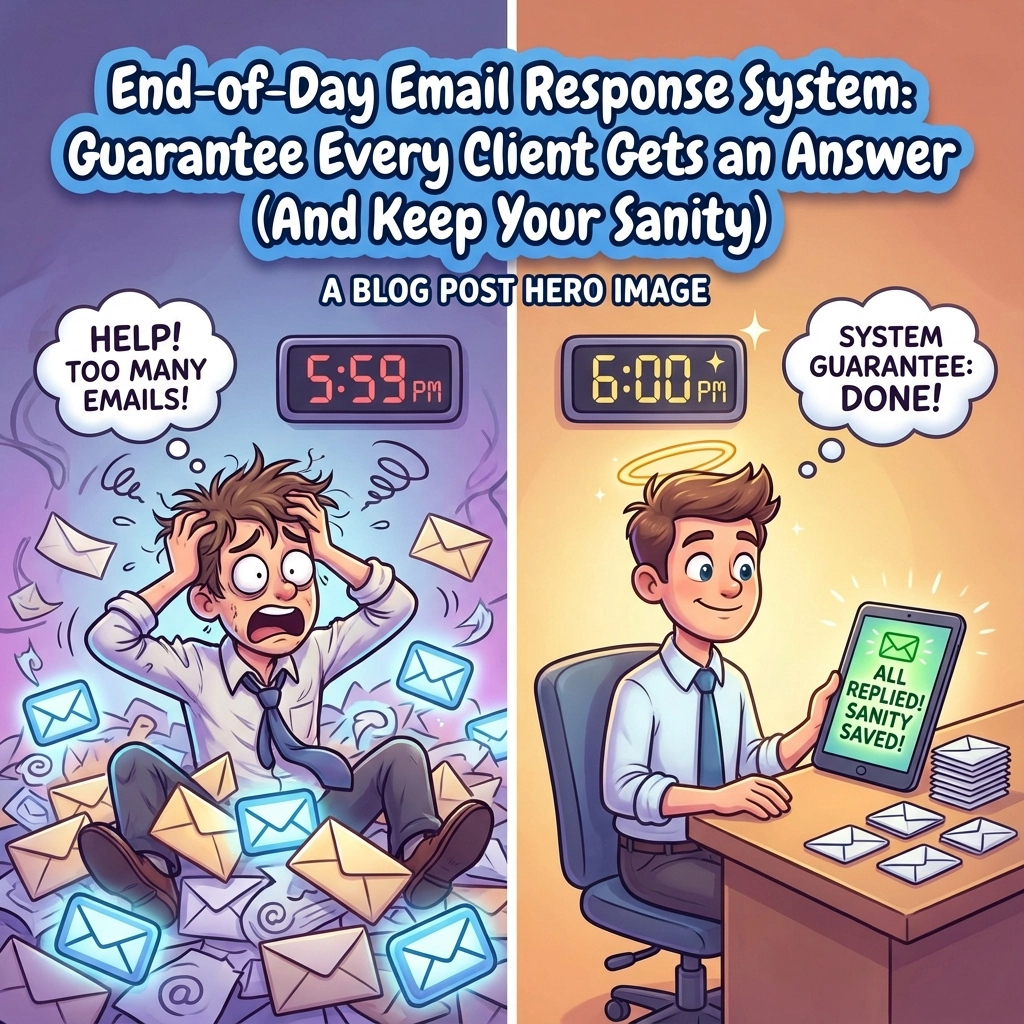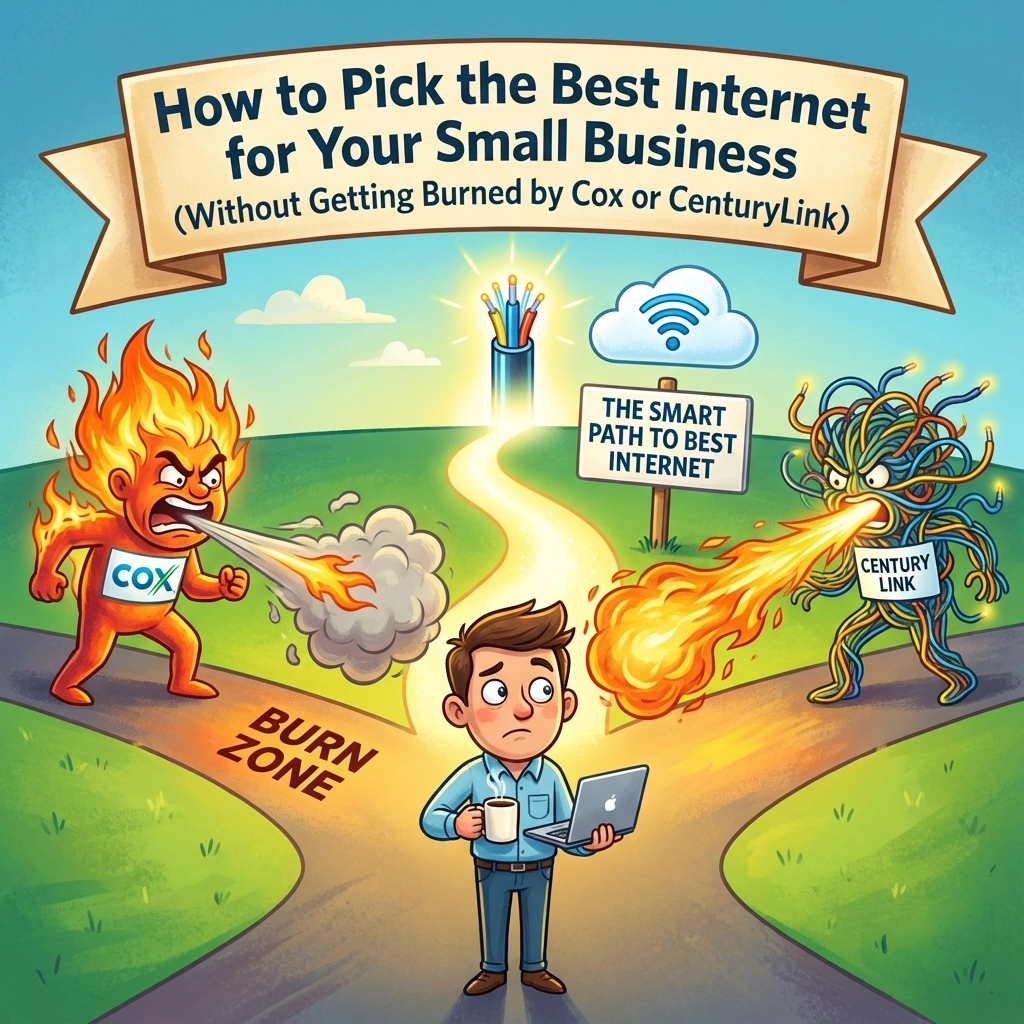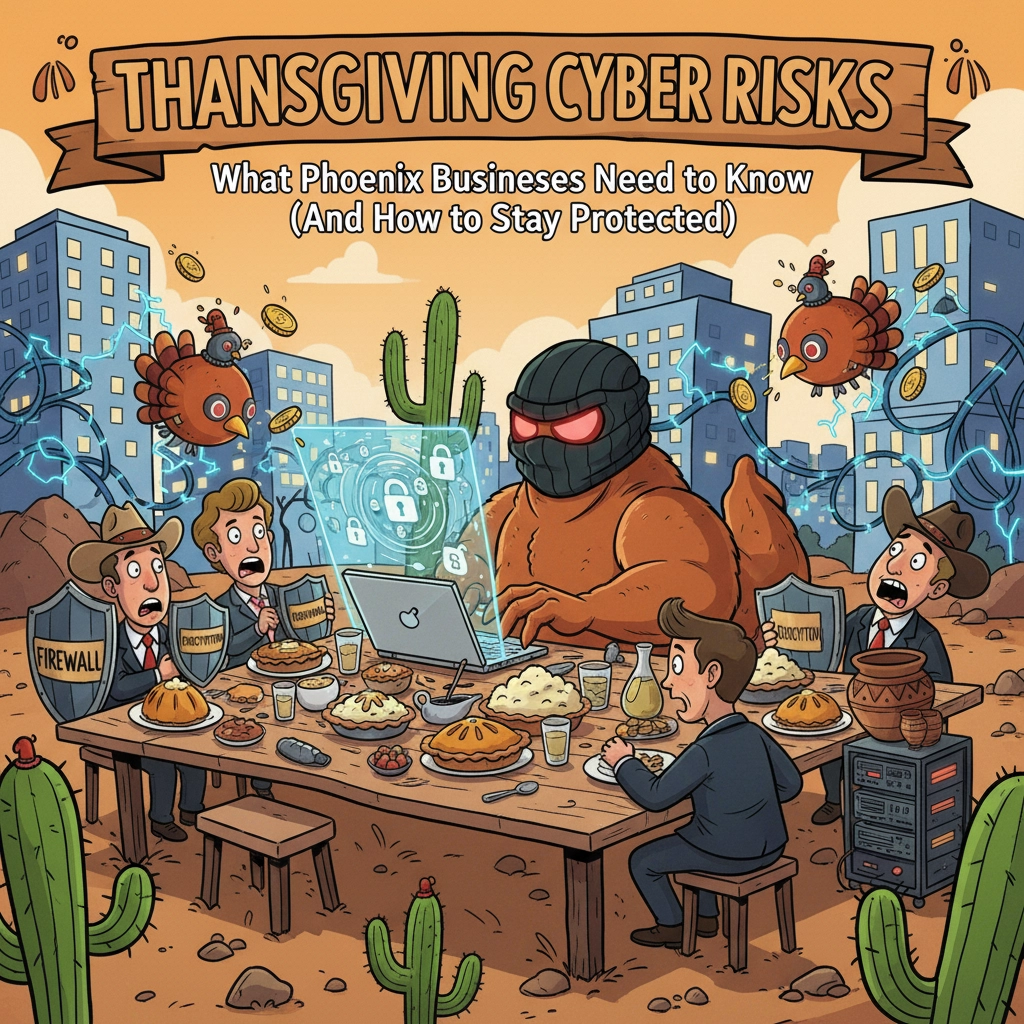The Expectation Gap in IT Support
We’ve all been there—your system crashes right before an important deadline, or you discover suspicious activity in your email. You call tech support expecting an immediate fix, only to find yourself waiting longer than you’d like for a resolution. Frustration builds, and the relationship with your IT provider becomes strained.
The truth is, there’s often a significant gap between what clients expect from tech support and cybersecurity services and what’s realistically possible. At Your Personal Ninja, we’ve seen how this misalignment can lead to disappointment on both sides. This gap isn’t just annoying—it can actually harm your business and leave you vulnerable to cyber threats.
Let’s bridge this gap by setting clear expectations for a healthier, more productive IT relationship.
Response Times: What’s Realistic?
One of the biggest sources of friction in the IT support relationship revolves around response times. When something goes wrong, you want help immediately—and understandably so!
Here’s what you should know about response times:
- Severity Matters: Not all issues are created equal. A complete system outage affecting your entire company will (and should) be prioritized over a single user having trouble with a non-essential application.
- SLAs Are Important: Service Level Agreements (SLAs) define response time expectations—but response time doesn’t mean resolution time. When choosing an IT provider, understand the difference.
- After-Hours Support: 24/7 support sounds great, but what does it actually include? Some issues might wait until morning, while others require immediate attention. Understanding what constitutes an emergency helps set proper expectations.
A frequent complaint we hear is, “I expected them to fix it right away!” Remember that even the best IT professionals can’t instantaneously solve complex problems. Diagnosis takes time, and sometimes solutions require multiple steps, vendor involvement, or parts that need to be ordered.
The Two-Way Street of Communication
A healthy IT relationship isn’t just about what your provider does for you—it’s also about how you work together.
What You Should Expect From Your IT Provider:
- Clear communication about issue status
- Updates when timelines change
- Plain-language explanations without unnecessary jargon
- Documentation of what was done
- Preventative advice to avoid future issues
What Your IT Provider Expects From You:
- Prompt responses to questions
- Availability for troubleshooting steps
- Complete information about the problem
- Transparency about any changes you’ve made
- Patience during complex issue resolution
Think of it this way: when you visit a doctor, they ask questions, and you answer honestly to help them diagnose the problem. The same approach works best with tech support.
“It’s Always IT’s Fault” – Moving Beyond the Blame Game
One harmful pattern we often see is the assumption that all technology problems are the IT department’s fault. This mentality creates an adversarial relationship rather than a collaborative one.
Consider these realities:
- Many issues stem from third-party software or services outside your IT provider’s control
- User actions sometimes contribute to problems (we’re not blaming you, just acknowledging reality!)
- Hardware fails—even with perfect maintenance
- Sometimes your business processes need adjustment to align with software capabilities
Rather than asking “Who’s to blame?”, a more productive approach is “How do we solve this together?” and “How do we prevent this in the future?”
Cybersecurity Reality Check
Cybersecurity expectations can be particularly problematic. Many clients believe that once cybersecurity measures are in place, they’re completely protected. The truth is more nuanced.
What Cybersecurity Can and Cannot Do:
Can Do:
- Significantly reduce your risk profile
- Detect many types of threats before they cause damage
- Provide tools and protocols for recovery if a breach occurs
- Keep your defenses updated against evolving threats
Cannot Do:
- Guarantee 100% protection against all threats
- Work effectively without user cooperation
- Operate without occasional false positives
- Protect against threats it hasn’t been configured to detect
Remember that cybersecurity is a continuous process, not a one-time implementation. Regular updates, training, and adjustments are essential parts of the protection package.

The Cost vs. Value Equation
When evaluating IT support and cybersecurity services, many organizations focus heavily on cost while undervaluing what they’re actually getting.
Lower-cost providers might offer:
- Longer response times
- Less proactive monitoring
- Fewer security layers
- Reactive rather than preventative approaches
Meanwhile, properly-valued IT services provide:
- Business continuity
- Risk reduction
- Productivity improvements
- Strategic technology guidance
At Your Personal Ninja, we’ve seen clients save significantly in the long run by investing appropriately in IT services that prevent problems rather than just fixing them. The cheapest hourly rate often becomes the most expensive option when you factor in downtime, data loss, and security breaches.
Setting Up for Success: The Expectation Framework
How can we create better IT relationships with realistic expectations? Here’s our framework:
1. Document Expectations Clearly
Start with a clear understanding of:
- Response times for different severity levels
- What constitutes an emergency
- Communication channels and frequency
- Responsibilities on both sides
- What’s included in your service and what costs extra
2. Regular Check-ins and Reviews
Schedule regular reviews to discuss:
- What’s working well
- Where expectations aren’t being met
- Changes in your business needs
- Upcoming technology challenges
- Preventative recommendations
3. Educate and Train
Both sides need education:
- Users need to understand basic security practices
- IT providers need to understand your business goals
- Management needs to understand the value of IT investment
4. Build in Flexibility
Technology and threats evolve rapidly. Your expectations and services should evolve too:
- Review and adjust SLAs periodically
- Update security protocols as new threats emerge
- Adapt as your business grows or changes direction
Creating Partnership Instead of Vendor Relationships
The most successful IT relationships transcend the typical vendor-client dynamic and become true partnerships.
In a partnership:
- Both parties are invested in the organization’s success
- Communication is open and honest
- Problems are solved collaboratively
- Long-term thinking prevails over quick fixes
- Mutual respect guides interactions
This mindset shift can dramatically improve your technology experience and outcomes.
The Bottom Line
Setting realistic expectations for tech support and cybersecurity isn’t about lowering standards—it’s about aligning understanding so both parties can work together effectively.
When expectations are realistic:
- Frustration decreases
- Problems get solved more efficiently
- Security improves
- Technology becomes an enabler rather than a pain point
- Your business gains competitive advantage
At the end of the day, technology exists to support your business goals. Having realistic expectations about how that support functions helps ensure you get the maximum value from your IT investment while maintaining strong, productive relationships with your technology partners.
Want to learn more about building a better IT relationship? Check out our services page or contact us for a consultation about your specific needs. We’re committed to creating transparent, effective IT partnerships that drive your business forward.
Share this:
- Click to share on Facebook (Opens in new window) Facebook
- Click to share on Tumblr (Opens in new window) Tumblr
- Click to share on X (Opens in new window) X
- Click to share on Pocket (Opens in new window) Pocket
- Click to share on Pinterest (Opens in new window) Pinterest
- Click to share on LinkedIn (Opens in new window) LinkedIn




